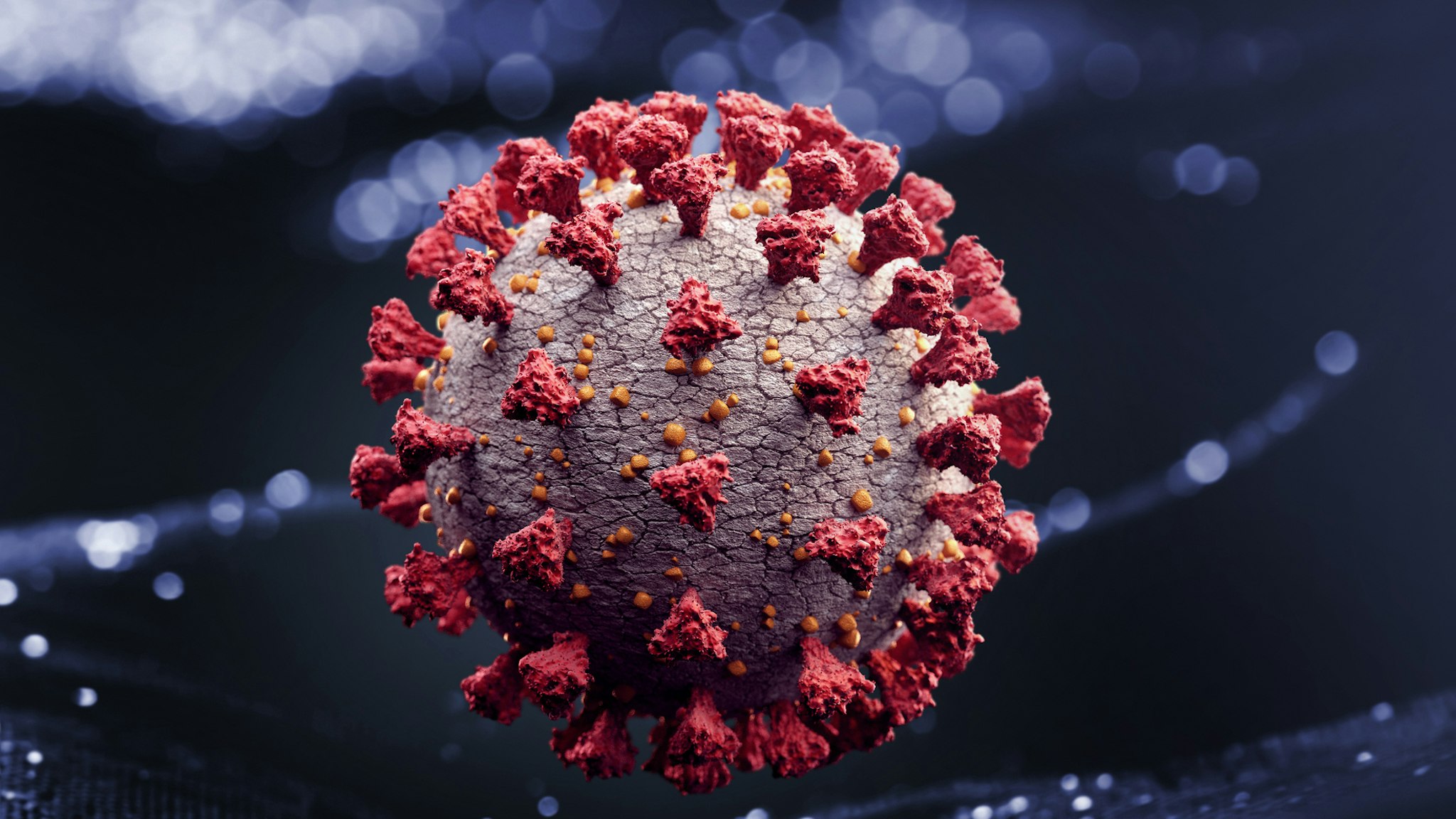The article and its title have been revised to reflect that the technology is a hydrogel, not a microchip, and can’t tell you if you have a virus. The article has also been updated to include new information, including additional quotes from the retired army physician explaining how the gel works.
As the United States continues to work to eradicate COVID, defense researchers are working on something else: preventing a future pandemic. According to Dr. Matt Hepburn, a retired Army infectious disease physician, the future of pandemic prevention could be with an under-the-skin gel that can notify you if you’re getting sick.
The research is a combined effort between a private biotech firm and government agencies, including the Defense Advanced Research Projects Agency (DARPA), which is tasked with protecting soldiers from “contagious diseases and biological weapons.”
“… We challenge the research community to come up with solutions that may sound like science fiction. And we’re very willing to take chances with high-risk investments that may not work. But if they do, we can completely transform the landscape,” Hepburn told “60 Minutes.”
The hydrogel has a sensor that tests your blood for chemical reactions that could indicate that you’re getting sick, the infectious disease doctor explained.
“That tiny green thing in there, you put it underneath your skin and what that tells you is that there are chemical reactions going on inside the body and that signal means you are going to have symptoms tomorrow,” said Hepburn.
In response to confusion about the technology, Hepburn told Newsweek that the hydrogel is not the same as a microchip, and that it doesn’t even have electronics. “It wouldn’t tell you if you had influenza or if you had COVID.” He explained that the gel, for example, could detect abnormal tissue-level lactate levels, a sign of potential illness.
Hepburn also compared the hydrogel to a check-engine light: “It doesn’t tell you what’s wrong with your engine, but it says ‘you might want to take a look.’”
One use for the hydrogel technology could be on-board a Navy ship.
During the early days of the pandemic, roughly 1,000 of the 4,800-member crew had the virus, the Navy Times reported in May 2020. The ship was forced to dock in Guam between March and May of 2020 as a way of preventing further spread. The USS Theodore Roosevelt returned to sea in late May of 2020. That infection resulted in 1,271 crew members testing positive for the coronavirus. One person died.
An outbreak in February 2021 resulted in three crew members testing positive for the virus. A hydrogel, according to Dr. Hepburn, could be used to detect whether or not a sailor could be getting sick, potentially before they start inadvertently infecting others.
“Sailors would get the signal, then self-administer a blood draw and test themselves on site,” the doctor explained. “We can have the information in three to five minutes. As you truncate that time, as you diagnose and treat, what you do is you stop the infection in its tracks.”
Beth Baumann is a Political Reporter at The Daily Wire. Follow her on Twitter @eb454.

